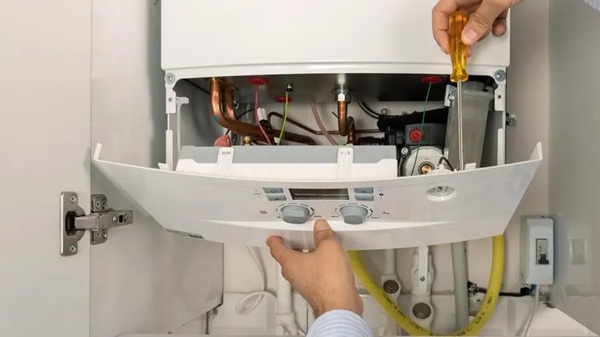Free Classifieds at Hot-Web-Ads.com - View Item Content by ID 15265316
Hot-Web-Ads > Business Opportunities > Other Business Ads > Item ID 15265316
Item ID 15265316 in Category: Business Opportunities - Other Business Ads
Cannot view this item. It could be pending, expired or deleted.
Below item is randomly selected from the same category and may have similar content.
Best service for Boiler Repairs in South Kensington | |
Are you looking for the best service for Boiler Repairs in South Kensington? Then contact us at Better Gas. We specialise in gas boiler installations tailored for efficiency and long-term performance, backed by a commercial gas engineer equipped to manage complex systems. Our team issues landlord gas safety certificates with careful inspections that keep properties fully compliant. When issues arise, we handle boiler repairs with fast diagnostics and reliable workmanship. For urgent situations, our emergency plumber service offers rapid, practical solutions that restore safety and comfort with minimal disruption. Visit us for more info.  | |
| Related Link: Click here to visit item owner's website (0 hit) | |
| Target State: All States Target City : South Kensington Last Update : Nov 26, 2025 11:30 PM Number of Views: 39 | Item Owner : Better Gas Contact Email: (None) Contact Phone: +447473432446 |
| Friendly reminder: Click here to read some tips. | |
Hot-Web-Ads > Business Opportunities > Other Business Ads > Item ID 15265316
© 2025 Hot-Web-Ads.com
USNetAds.com | GetJob.us | CANetAds.com | UKAdsList.com | AUNetAds.com | INNetAds.com | CNNetAds.com | USAOnlineClassifieds.com
2025-11-27 (0.333 sec)